Andrei Tarkovsky: The last poet of cinema
Can one be a poet in the cinema?
What is a cinematographic poet? How is poetry made in the cinema? These two simple but complex questions contain within themselves one of the deepest aspirations of cinema in its more than 120 years of history. They imply that, in addition to telling stories with moving images and sound, as well as entertaining, there is always the possibility and the desire to move the soul of the viewer very deeply, to put him in contact with his most hidden personal archetypes, with the more recondite archetypes of the others, of Humanity. It would be, let's say, achieve a transcendental perception.
Do poetry and music do that? Yes, through a kind of rapture, of ecstasy, that allows the reader and the listener to transcend finitude, to go beyond the world ordered by cause and effect, to glimpse within those words and those sounds a splendid beyond, perhaps dark, but shocking.
To follow an idea of Mircea Eliade, the poetic act would take us away from the profane time of this world, from the mechanics of simply living, to introduce ourselves in a different time, close to the creation of the world, or at its end, a sacred time, a magnus time.
But we should not confuse the poetic feeling with the poem, as Octavio Paz warned us in "El Arco y la Lira". A slow summer sunset, a stormy sea, can awaken poetic feelings. But the poem is a construction made with words, elaborated with such art and style, which is able to awaken in us aesthetic perceptions and transcendental feelings.
source
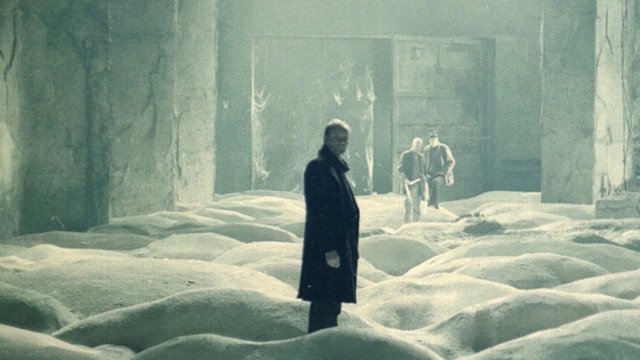
Similarly, the sunset or the stormy sea that I take with my camera can be shocking in real life. But that does not guarantee that, once I put them in my film, they will work on the screen in a poetic way, they will generate that feeling of leaving the ordinary world, leaving the profane time, to enter in an alternate time, in a no-time perception, where the soul recreates itself, or goes out to dialogue with the other souls, with the cosmos, with eternity.
Just as a poem is an elaboration with words, made with such art that generates poetic feelings, a film must also be a drawing of planes, moving images with sound, made of such art that is capable of generating poetic feelings in the viewer.
So simply portraying reality will not suffice, even if that filmic reality is overwhelming, a terrible war, a great love story, or a story about the triumph of the will to live.
source
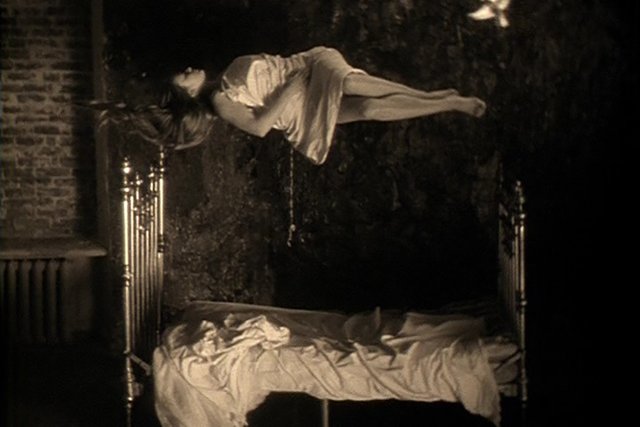
The poets of the cinema (Fellini, Kurosawa, Antonioni), have delved beyond the good stories with beautiful photography, with great performances, with impeccable music, with contents of political, social, existential aspiration, which would be the minimum base - but not enough- to achieve a poetic transcendence in his works.
That something else, that titanic effort to transcend a simple representation of the world in each plane, is what characterizes, for example, the last great poet of cinema, Andrei Tarkovsky.
The Soviet school
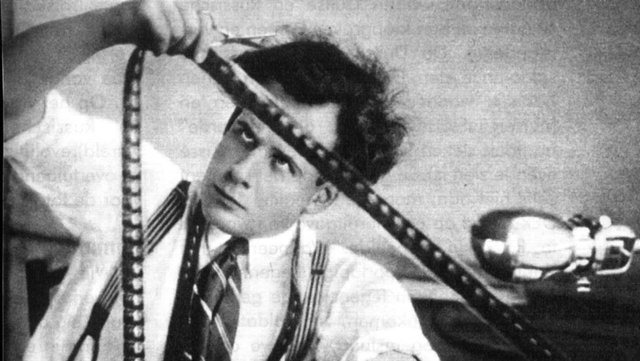
On the other hand, he had behind him the legacy of the great masters of the cinema of the revolution, especially Sergei Einsenstein.
The aesthetics of Einsenstein's analytical montage, his monumental films, were repeated as a trademark by the majority of the filmmakers of the USSR. It was a cinema that fought, in the framework of the Cold War, against the United States, against Hollywood. Therefore, for the Soviets it was something very serious, life or death.
Tarkovsky's talent allowed him to evade censorship, and transcend the analytical montage of Einsenstein to achieve a new poetics, a new style, which have become unmistakable. One sees a shot of any of his films and immediately knows: "It's Tarkovsky."
You may like it or you may not like it, but there are no middle terms, no indifference possible. It is love or hate at first sight. With Tarkovsky you get bored and change the channel right away, or you get caught, fascinated, by an impressive, all-powerful visual narrative, as no other filmmaker has been able to achieve in the history of cinema.
Tarkovsky himself has called his style "visual dramaturgy." That is to say, what is narrated in his films is not only told through stories, but above all through visual aesthetics.
Although at first Tarkovsky accepted the themes to which the revolution forced him in two films such as The Childhood of Ivan and Andrei Rubliev, such was the display of art, innovation and creativity that he achieved in these two films that Sovexportilms executives surrendered .
Tarkovsky could not be imposed issues, could not be censored because it was ungraspable. How to find signs of bourgeois political deviations in the long walks through the snow of the monk Rubliev, the painter of icons, next to Cyril, who would later create the alphabet that the Russians still use? The aesthetics of Tarkovsky transcended the left and the right, it was ridiculous to try to analyze or understand it from a political point of view. In addition, Tarkovsky immediately had become an icon of Soviet art internationally, in a powerful symbol of the genius filmmaker.
So he was able to make extraordinary films, where there was no linear story, but which surprisingly caught the audience through an overwhelming aesthetic display, as happens with the long dream sequences of The Mirror.
Tarkovsky was globally recognized due to his version of Stanislaw Lem's novel "Solaris." Hollywood attempted a later version, which was a failure. It was impossible to overcome, in the memory of the spectators, the powerful visual display through which the filmmaker tackles the story of a widowed astronaut who is sent to a space station to calm an altered thinking planet, Solaris, that is capable of converting your thoughts on matter, your demons, the women you've loved, your obsessions and nightmares.
After that he filmed Stalker in the Soviet Union, and later emigrated to Italy, where he made Nostalghia.
Seriously ill, he traveled to Sweden, where the old master Ingmar Bergman produced Tarkovsky's last film: The Sacrifice.
What do I do in front of a Tarkovsky?
"
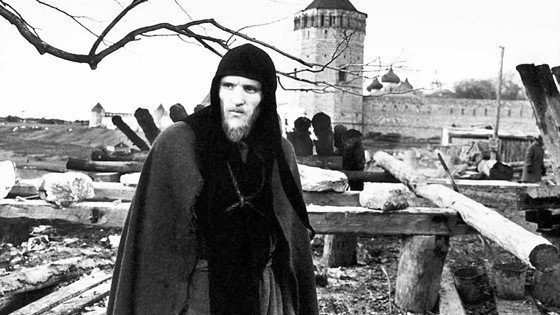
source
What one does in front of a painting. Lets contemplate it, observe it, let yourself go.
In Tarkovsky's films the takes are long, very long. The dramatic movements are not solved by cutting and cutting. Let's say, the scene of a walk in Hollywood can contain up to 15 short shots, to show the character on his way to a goal. A plane of Tarkovsky, like the famous sequence shot of Nostalghia, can last up to eight minutes without a cut, while the character crosses a pond with a lit candle, returns, lights the candle again, crosses and finally falls exhausted on the other side.
Tarkovsky's takes and aesthetics do not want to build symbols, he himself has clarified it in interviews. Because a symbol refers to a rational category, to a certain kind of knowledge, let's say, the dove refers me to the concept of peace, the cross refers to the concept of the crucified Christ.
The images of Tarkovsky do not refer to something external, to an ideological, philosophical, referential extra-film content of some kind, their long shots with actors who walk, look at each other, float, cross ponds with a candle in their hands, are self-referential. When you see them, they have a dynamic of their own, they tell a story that each viewer perceives in their own way. It's like music, that everyone perceives in their own way, but that can not be translated into words.
If you ask the viewers of a movie like Mission Impossible what they saw, they will tell you that the hero faced a villain, and that a nuclear device that could destroy the world was about to explode. But if you ask them what happened, what they saw in a Tarkovsky film, each answer will be totally different, even among specialized critics.
To see Tarkovsky is to force yourself, tie yourself to the chair, fight against the habit of seeing stories of action and vertigo on the screen. But it is also to stop fighting, to suspend the stubborn rational resistance that demands us comprehensible stories, explanations of what happens on the screen.
The experience with Tarkovsky must be fundamentally emotional, sensory, and that is what will allow us to reach the heights of the poetry of his art. He has built his takes, his montage, his visual dramaturgy, as we said at the beginning, thruogh images in movement with sound, to allow the spectator to reach a plane beyond reality, a reverie of the soul that throughout the centuries has been called poetry.
Tarkovsky has left his mark and school. He can be seen in the intense scenes of Terrence Malick, in The Tree of Life or To The Wonder. He can be seen in the apocalyptic glimpses of Lars von Trier.
Prepare, dear reader, for when you go to a room, or on the screen of your television or computer, if you have chosen a film by Andréi Tartkovsky. There is a sea of visual and spiritual emotions that await you hidden in each take. Let yourself go, let yourself untie, and you will depart the same journey that thousands of cult viewers have made and perform through the works of this great Soviet filmmaker, in my opinion, the last great poet of cinema.
Óscar Reyes-Matute / מתת
Video recommended:
Andrei Tarkovsky: Poetic Harmony
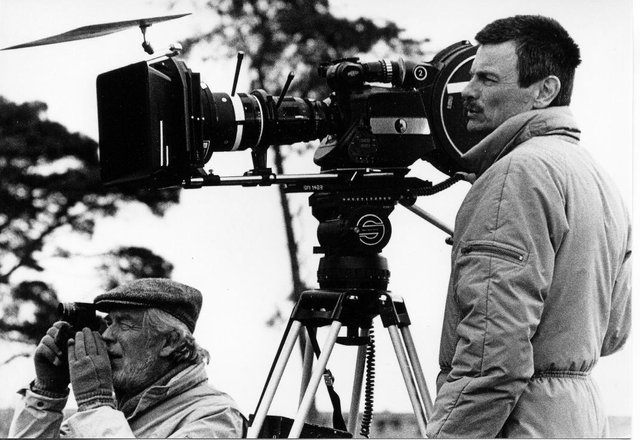
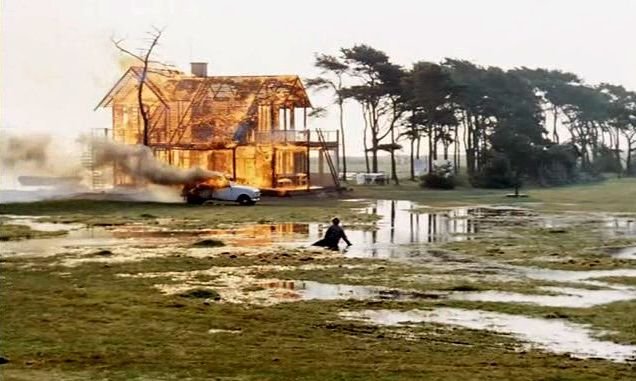
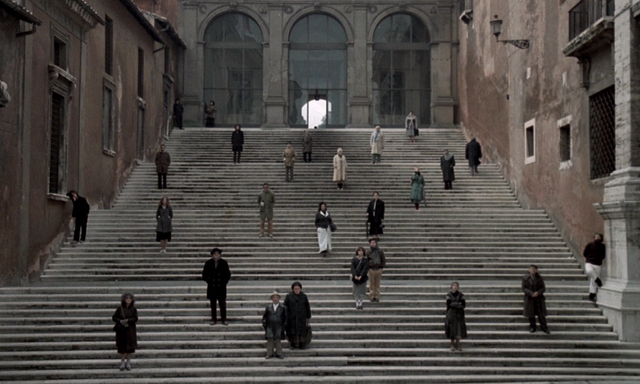
This post was shared in the Curation Collective Discord community for curators, and upvoted and resteemed by the @c-squared community account after manual review.
@c-squared runs a community witness. Please consider using one of your witness votes on us here
That is fascinating! I have never seen any of his work. I think that is something I must now go do. Thank you for this marvelous introduction.
dear melinda010100 it's my pleasure to talk about this great master of cinema. I think you can find all his works in Internet, even the shortfilms he made when he was a studen in the cinema school in moscow!
I found The Mirror on Netflix and added it to my watch list. Thanks for that!
One of my top favorite filmmakers of all time.
This is an article!
This is love, competence and passion for the cinema history!
Congratulations for the post and for the audacious theme you choice
Posted using Partiko Android